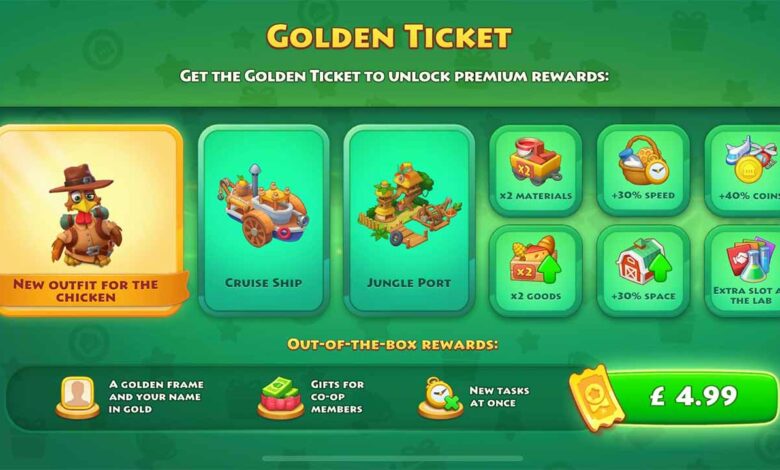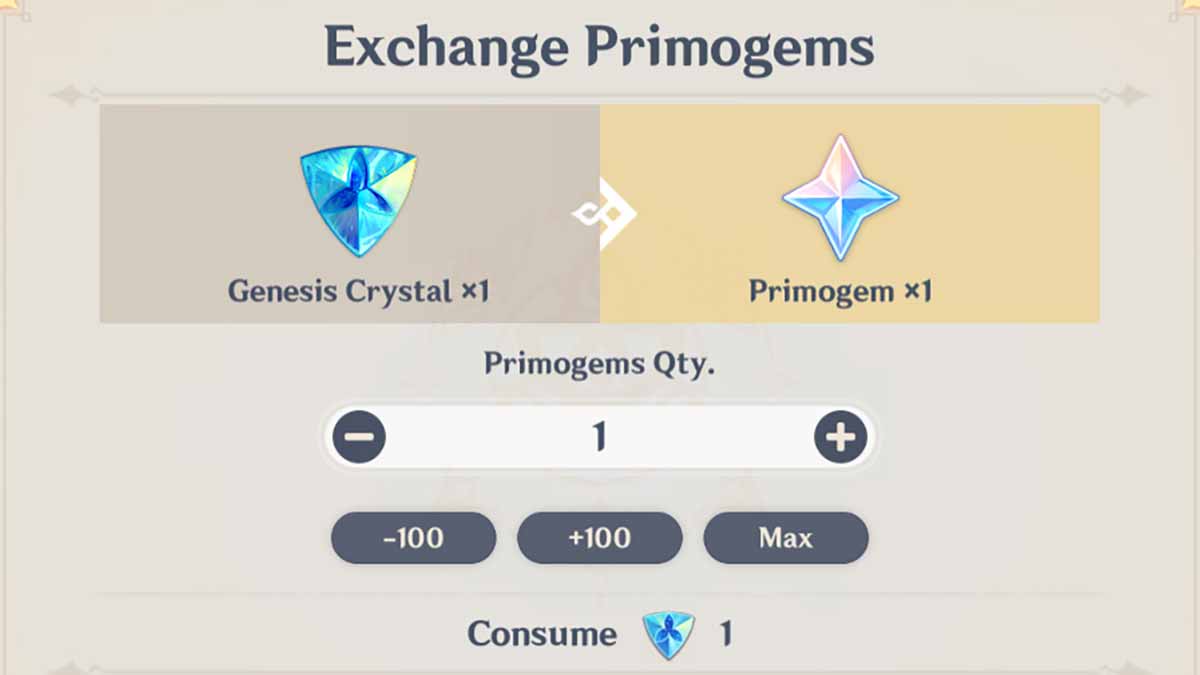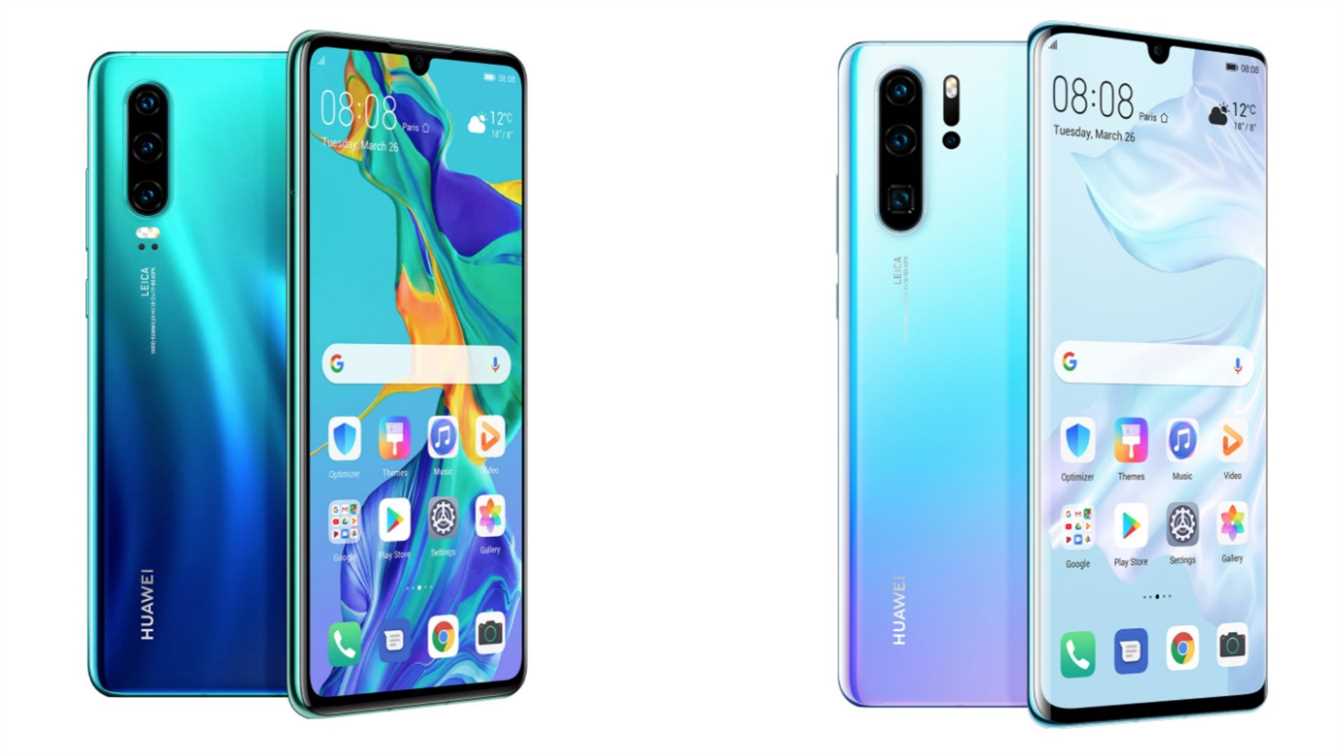What is In-game purchases?

The gaming landscape has witnessed a transformative shift in recent years, with the rise of in-game purchases revolutionizing the way players engage with their favorite titles. In-game purchases, also known as microtransactions, have not only altered the revenue model for game developers but have also sparked a multitude of discussions and debates among players and industry experts.
This article delves into the evolution, various forms, controversies, and impact of in-game purchases on the gaming community.
The Evolution of In-Game Purchases
In-game purchases have come a long way from their humble beginnings as downloadable content packs to the complex virtual economies that exist in today’s games. Initially, players were offered expansion packs and additional content to extend gameplay. However, the advent of mobile gaming and the proliferation of free-to-play titles introduced a new dimension: the ability to buy virtual goods, items, and power-ups directly within games.

Forms of In-Game Purchases
- Cosmetic Enhancements: Many games offer players the chance to personalize their characters and avatars with cosmetic items. These range from outfits and skins to weapon designs, allowing players to express themselves creatively without altering gameplay mechanics.
- Loot Boxes and Gacha Systems: Controversial loot boxes and gacha mechanics introduce an element of chance. Players purchase boxes with the promise of receiving valuable items, creating excitement but also sparking concerns about their similarity to gambling.
- Virtual Currency: Games often feature their own currency, purchasable with real money, which can be used to acquire in-game items. This approach provides players with a sense of control over their spending.
- Downloadable Content (DLC): Some games offer DLC that expands the storyline, introduces new characters, or provides additional missions, giving players more to explore.
Controversies and Concerns
While in-game purchases have enriched gaming experiences for many, controversies have arisen, raising valid concerns:
- Pay-to-Win Dynamics: The notion of “pay-to-win” has been a flashpoint. Some games offer items or advantages that players can buy, potentially creating imbalances and detracting from skill-based competition.
- Player Psychology: In-game purchase designs are often rooted in psychological principles that encourage players to spend more. Critics argue that these mechanics can prey on vulnerable individuals and lead to addictive behaviors.
- Ethics and Regulation: As the lines between in-game purchases and gambling blur, governments and regulators have stepped in to assess the potential impact on minors and vulnerable players. Transparency and disclosure of odds have become key considerations.
- Impact on Gameplay: Overemphasis on in-game purchases can lead to the dilution of gameplay quality, as developers may prioritize monetization strategies over crafting a compelling game experience.
Balancing Enjoyment and Ethics
Amidst the debates, some developers have taken steps to find a middle ground. Some offer purely cosmetic in-game purchases to avoid pay-to-win dynamics, while others provide free content updates to maintain a loyal player base.
Conclusion
In-game purchases have forever altered the gaming landscape, transforming how players engage with their favorite titles and how developers generate revenue. While they bring customization and additional content to the forefront, the ethical concerns surrounding their implementation cannot be ignored.
Striking a balance between player enjoyment, developer monetization, and ethical practices remains a challenge that the gaming industry must navigate as it continues to evolve. As players and consumers, it’s essential to remain informed, engaged, and critical about the role of in-game purchases in shaping the future of gaming.



